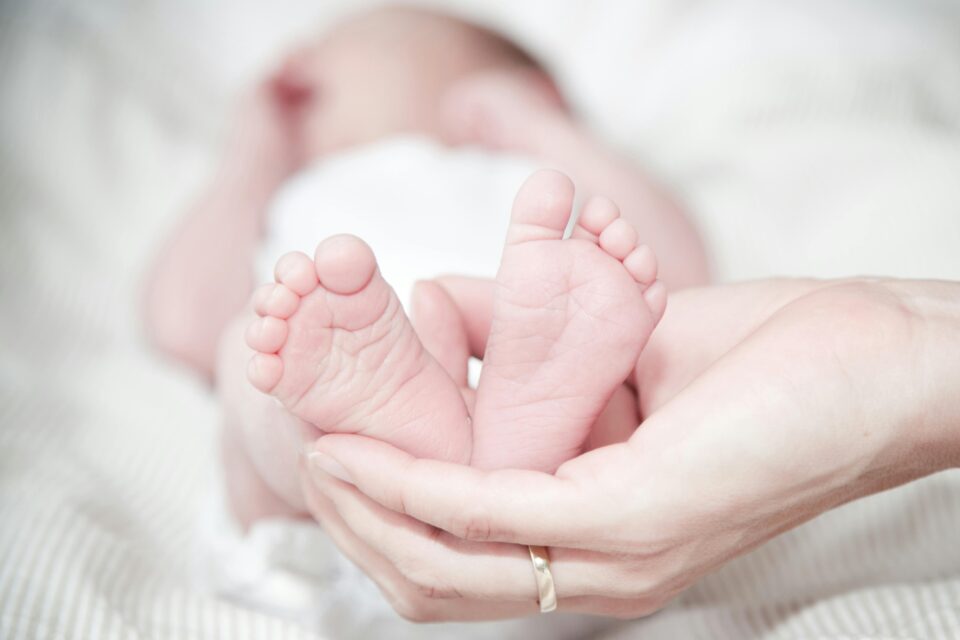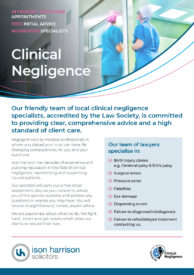Clinical negligence advice from Ison Harrison
Everyone who delivers vaginally (and sometimes those who have a lengthy labour before delivering via caesarean) can expect some perineal pain following delivery. It is common, given the pressure from the baby’s head pushing through, to experience tears and cuts in their perineum (the area between the vagina and the anus) and sometimes the cervix as well. The majority of women will have at least a small tear after childbirth, and anyone delivering vaginally is at risk.
Tears are categorised as first, second, third and fourth-degree tears.
First-degree tears (where only the skin is torn) and second-degree tears (when skin and vaginal muscle are torn) are the most common types of tears. Perineal and vaginal tears can sometimes cause pain and may increase recovery time.
A third-degree tear is a laceration in the vaginal tissue, perineal skin, and perineal muscles that extends into the anal sphincter (the muscle that surrounds your anus). Third-degree tears can also be subdivided into grades 3a, 3b and 3c.
A fourth-degree tear goes through the anal sphincter and the tissue underneath it. It’s also possible to tear in other places.
After all vaginal births; whether normal or assisted, you should be offered a detailed examination of your perineum and anus by the midwife or doctor. The presence and extent of the tear will be confirmed by this examination; and if a third or fourth degree tear is found, you will be provided with information about surgery and treatment. If surgery is required you will need an anaesthetic. This is usually in the form of epidural or a spinal and some cases by a general anaesthetic. The obstetrician (doctor) will then stitch the torn anal sphincter and the tear in an operating theatre.
Further examination should take place after surgery to ensure that the sutures/stiches have not been inadvertently inserted through the anorectal mucosa. If a suture is identified it should be removed.
Provided there is no delay in recognising and treating the injury by an appropriately qualified clinician, 60–80% of women will make a full recovery within 12 months following delivery and EAS repair.
Sustaining a tear during a vaginal delivery is not necessarily negligent however; the subsequent inadequate or negligent treatment of them can be. Women who have suffered from perineal tears are often reluctant to discuss their symptoms believing that vaginal injury is a necessary part of having a baby. Symptoms can include: severe pain; incontinence of flatus (wind) and solid stool; and painful sexual intercourse. For some women these symptoms can last for years and cause them great misery, pain, and often, psychological damage. Whilst not all tear claims will be successful, the team at Ison Harrison are here to speak to women who have suffered severe 3rd or 4th degree tears that have been missed and/or treated negligently.
To get the help and assistance you need get in touch with us today, call 0113 284 5000 or email clinneg@isonharrison.co.uk
Legally Speaking Podcast
Our Director & Head of Clinical Negligence, James Thompson, discusses the sensitive topic of birth injuries and how to bring a birth injury negligence claim.
Listen to our Legally Speaking podcast on birth injuries here:








































